You might expect climate change to impact far-off glaciers or ocean levels—but it’s already messing with your backyard in strange, unexpected ways. From invasive pests to plants blooming out of season, the signs are subtle but undeniable. Americans across the country are noticing new problems they never had to deal with before. Here are 13 weird ways climate change is transforming yards everywhere.
1. Grass is growing faster—and dying faster
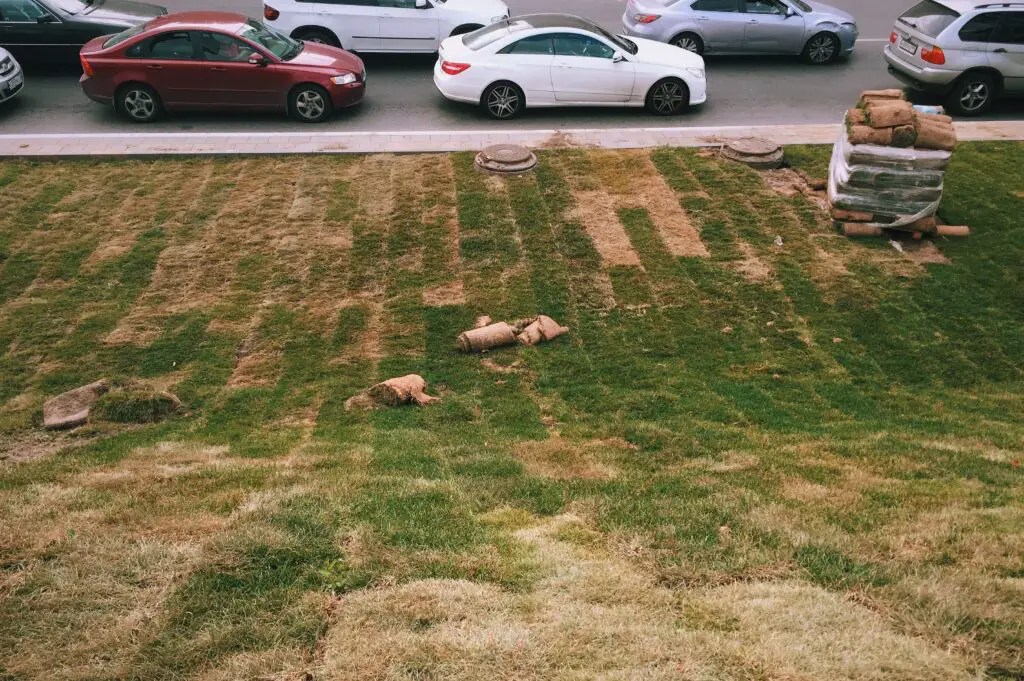
According to Drought.gov, warmer temperatures and increased carbon dioxide are speeding up grass growth in many regions. But with that extra growth comes added stress, especially during longer dry spells or extreme heat waves. Homeowners are stuck mowing more often and watching their lawns turn brown more quickly than they used to. It’s a frustrating cycle of feast and famine.
Rapid growth can also make lawns more vulnerable to disease and pests. Fertilizer and water use often go up in response, which can make the problem worse. In areas hit hardest by heat waves, some people are giving up on grass altogether. Yards that used to thrive are now becoming expensive and time-consuming to maintain.
2. New pests are marching north
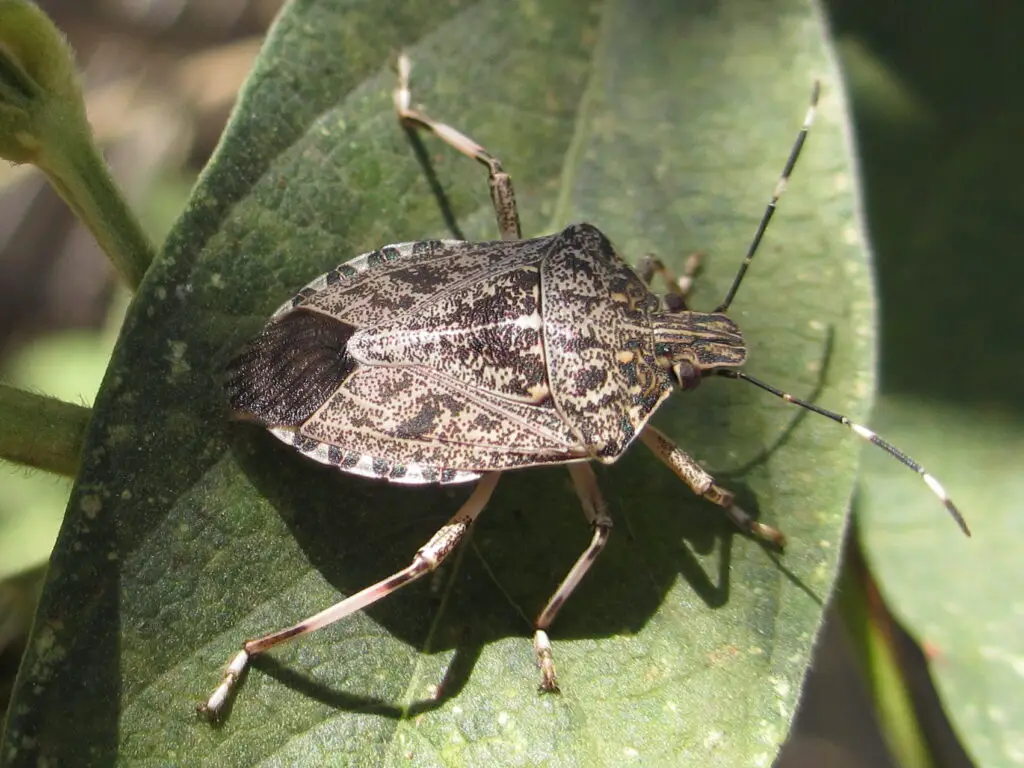
The Environmental Protection Agency (EPA) notes that warming temperatures have allowed insects like fire ants, stink bugs, and even ticks to expand their territory northward. Some pests that were once limited to southern states are now showing up in backyards as far north as New England and the Upper Midwest. These bugs can destroy plants, spread disease, or make outdoor living downright unpleasant. It’s not just an inconvenience—it’s a health and safety issue.
Gardeners are being forced to adopt new strategies just to keep their plants alive. Fencing, traps, and chemical treatments are becoming more common in regions that never needed them before. The pests aren’t just annoying—they’re changing the way people garden and relax outside. And in some cases, the solutions bring their own problems.
3. Plants are blooming way too early
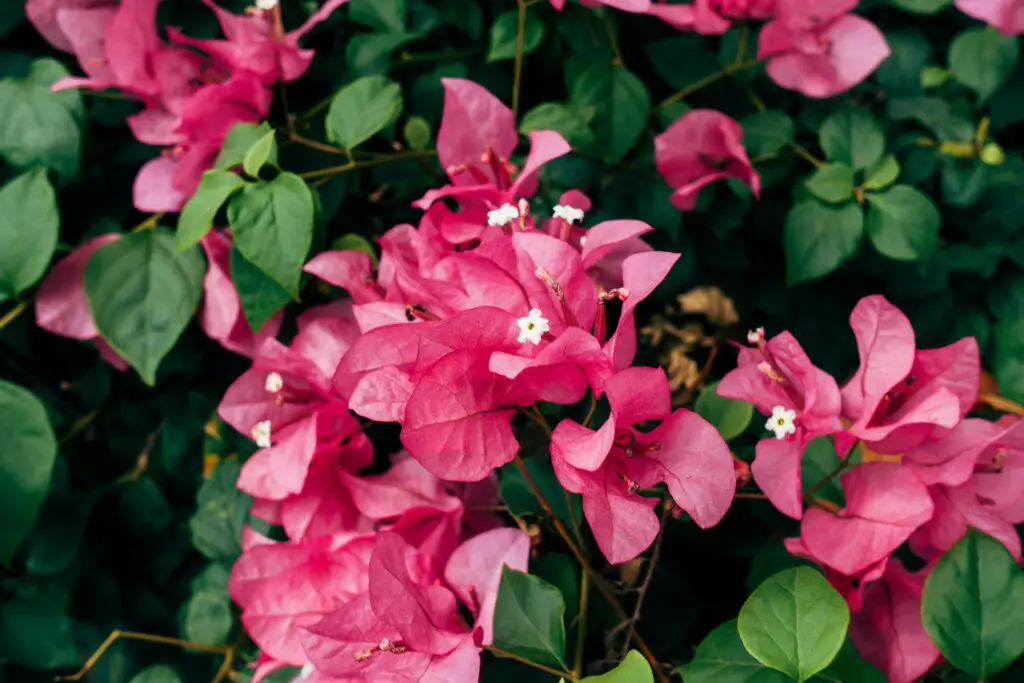
National Geographic has documented that many plants are now blooming earlier in the season due to warmer springs. This may sound like a good thing, but it throws off pollination schedules and can expose delicate flowers to late-season frosts. Fruit trees and shrubs that blossom too soon may lose their entire crop if a cold snap hits. Homeowners who once relied on a predictable spring are now guessing—and gambling—with nature.
Even decorative gardens are affected. Early blooms can confuse bees and butterflies, which depend on specific timelines to feed and reproduce. A backyard that was once perfectly timed with the seasons can now feel out of sync. And once the rhythm breaks, the whole ecosystem can struggle.
4. Flooding is turning lawns into swamps
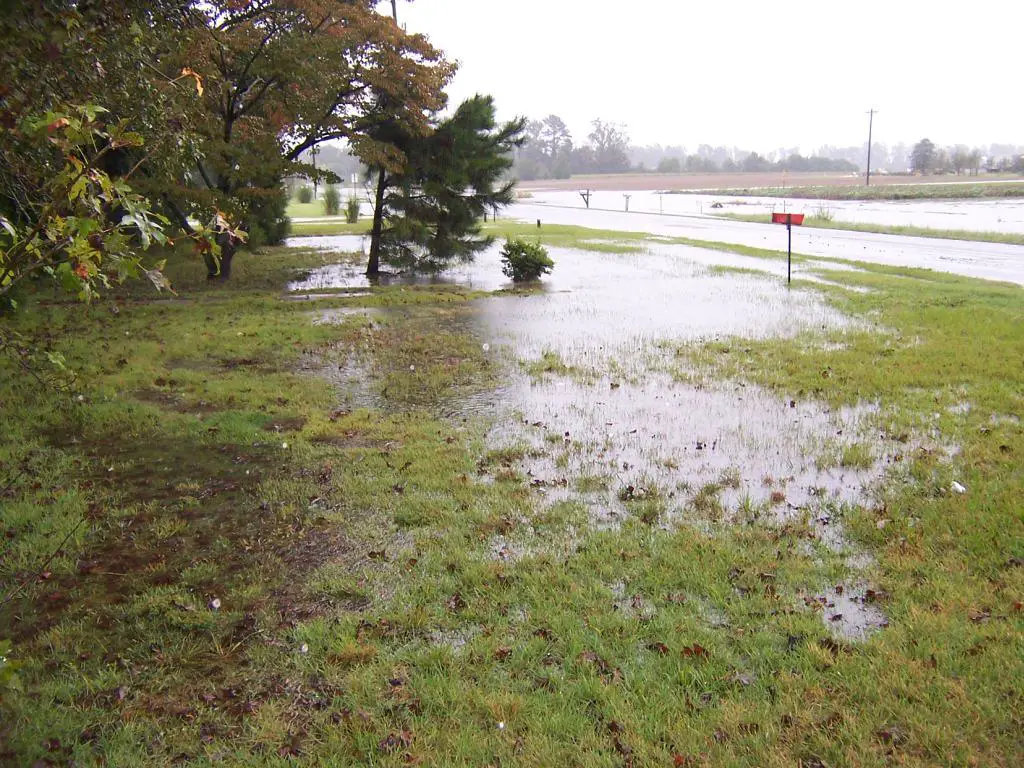
According to FEMA, climate change is increasing the frequency and severity of flash floods in many parts of the U.S. What used to be a once-in-a-decade issue can now happen every year—or even multiple times a season. Low-lying yards are becoming soggy, moldy, and inhospitable to plants that can’t handle waterlogged roots. French drains, sump pumps, and rain gardens are suddenly on everyone’s shopping list.
It’s not just heavy rain causing the problem—urban development combined with poor drainage can make things worse. Lawns that used to recover quickly from a storm now stay damp for days or weeks. Even sunny weather doesn’t fix the mess. For many homeowners, landscaping has become a battle against water.
5. Backyard birds are moving away

Once-common birds are leaving some backyards behind as their preferred climate zones shift northward or upward in elevation. Longtime visitors like chickadees and goldfinches may no longer show up at feeders they used to frequent. In their place, unfamiliar birds might arrive that aren’t native to the area. This can throw off nesting patterns and make birdwatching feel less predictable.
For bird lovers, it’s a quiet heartbreak. Migration schedules are harder to track, and backyard birdhouses might sit empty. Changing food sources and blooming schedules can also disrupt what birds find attractive. The result? A backyard that looks and sounds different than it did just a few years ago.
6. Weeds are becoming more aggressive
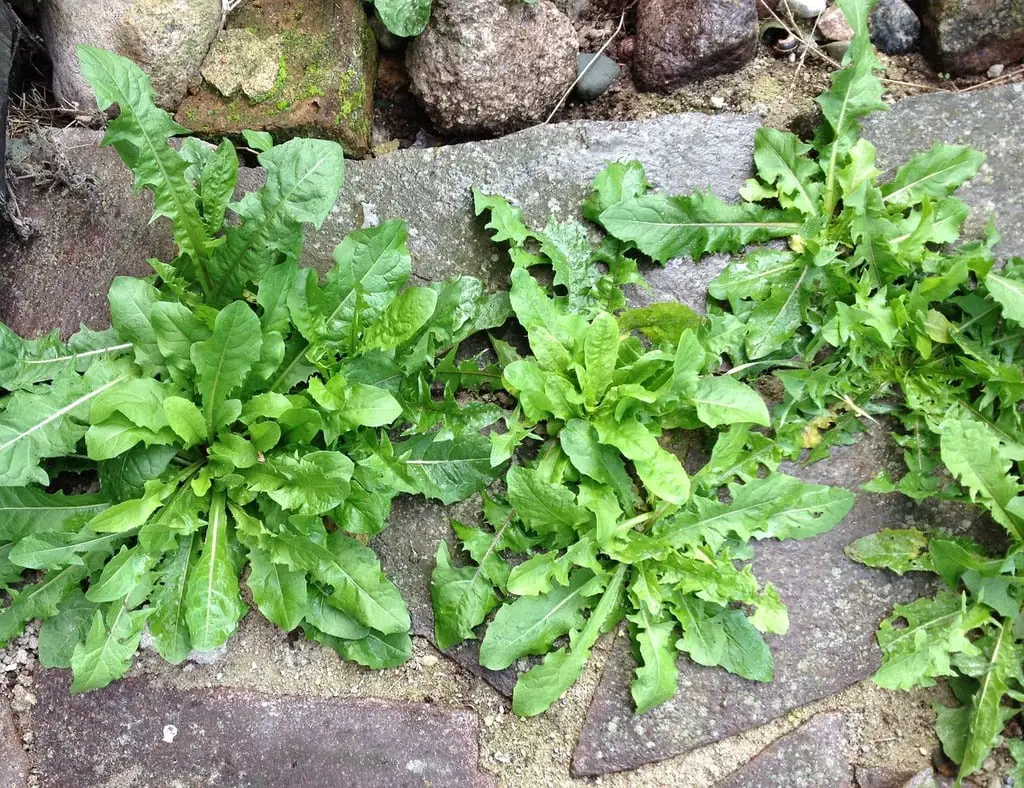
Rising CO₂ levels and warmer weather are helping weeds grow faster and spread further than before. In some areas, invasive species like crabgrass and kudzu are taking over gardens, lawns, and even sidewalks. These plants are tough, drought-resistant, and hard to control once established. The usual weed killers might not cut it anymore.
This forces homeowners to stay one step ahead with constant weeding, mulching, and new herbicides. And even then, the battle can feel endless. In some cases, native plants don’t stand a chance. The weeds are winning in backyards from coast to coast.
7. Drought-tolerant landscaping is becoming essential
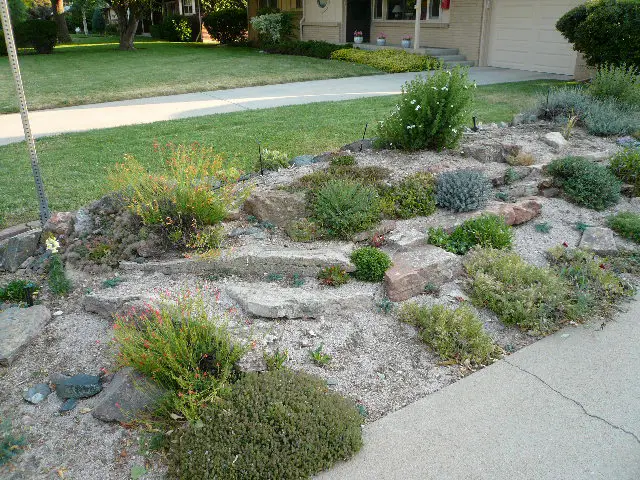
Regions that once enjoyed lush, green lawns are facing more frequent drought conditions. As a result, homeowners are turning to xeriscaping—landscaping that uses little or no irrigation. Gravel, native grasses, and succulents are replacing traditional sod in more neighborhoods every year. What was once considered a Southwest-only look is spreading nationwide.
This change has a ripple effect on everything from curb appeal to home values. People are rethinking what a “normal” yard looks like. In some places, HOAs are even relaxing their rules to allow drought-resistant designs. The image of the perfect lawn is evolving fast.
8. Backyard fires are on the rise
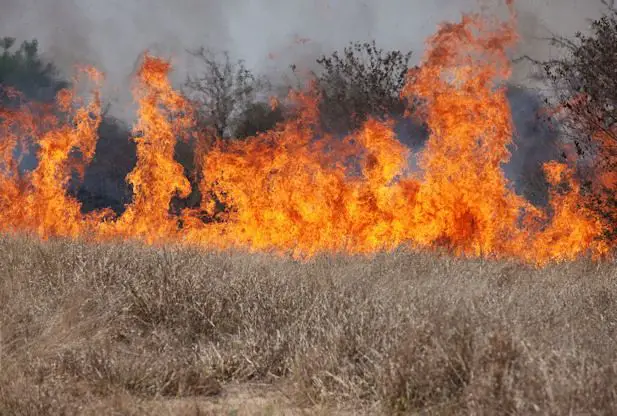
With longer dry seasons and more dead vegetation, backyard fire risk is climbing sharply. A small spark from a grill, fire pit, or even a lawn mower can turn into something serious. Some counties have begun issuing seasonal fire bans—even for residential properties. It’s making people rethink how they entertain outside.
Fire-resistant landscaping is becoming a new priority, especially in the West. Gravel zones, native low-flame plants, and spacing strategies are being added to yard plans. Insurance companies are also taking notice. A relaxing evening in the yard now comes with new responsibilities.
9. Backyard bugs are sticking around longer
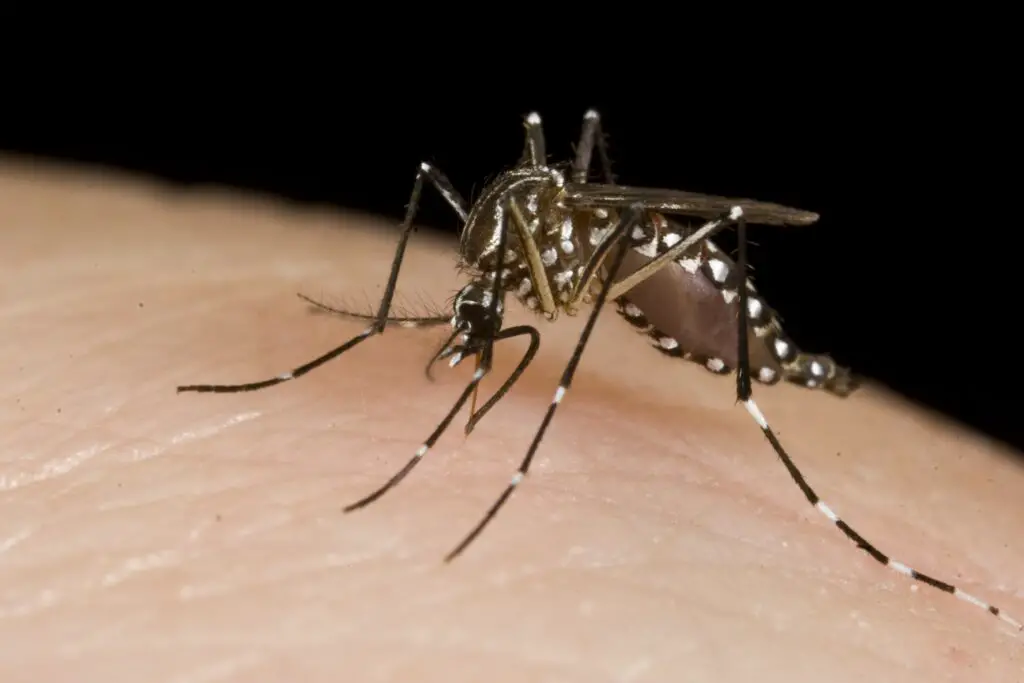
Milder winters mean fewer frosts to kill off common pests like mosquitoes, ticks, and beetles. These bugs are surviving through seasons they used to sleep through, making backyard living more annoying than ever. In some places, mosquito season starts earlier and ends later each year. That’s bad news for anyone who enjoys an evening on the patio.
This shift has sparked a boom in backyard bug-control products. Citronella torches, foggers, and netted gazebos are becoming must-haves in some areas. Unfortunately, these quick fixes don’t always work. For many households, bug season now feels like a year-round issue.
10. Lawns are becoming patchier
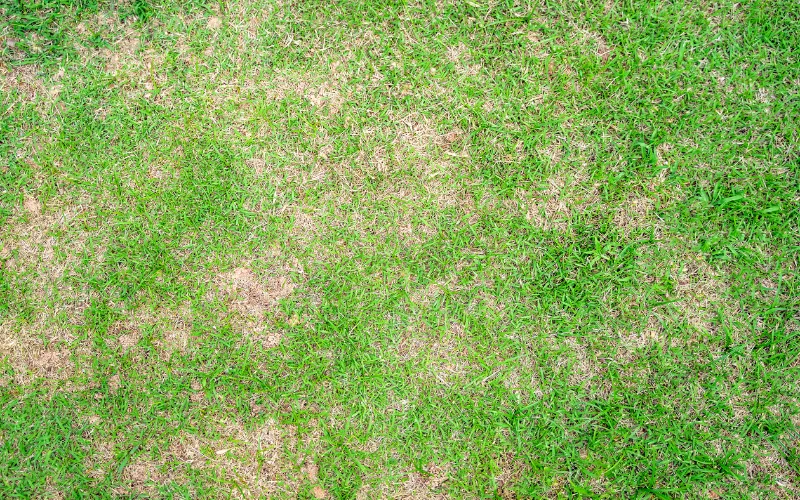
Even with regular care, homeowners are noticing strange bare spots and inconsistent growth across their lawns. Heat stress, inconsistent rainfall, and shifting soil conditions are making traditional turf grasses harder to maintain. Some are trying to reseed with newer, more climate-resilient varieties. Others are giving up on grass altogether.
Patchy lawns are more than just an eyesore—they can also lead to erosion and weed problems. Families with kids or pets may find their yard less usable. And constant reseeding can get expensive fast. The dream of a perfect green lawn is getting harder to achieve.
11. Backyard gardening is getting unpredictable

Vegetables and herbs that once thrived in a backyard plot may now bolt early, wilt unexpectedly, or fail altogether. Climate shifts are messing with growing seasons and introducing new diseases. Even experienced gardeners are struggling to predict the right planting times. It’s turning a favorite hobby into a frustrating guessing game.
Raised beds, shade cloths, and greenhouses are becoming more common to counteract these changes. Some gardeners are even switching crops entirely. What worked five years ago might not work today. Backyard gardens are evolving out of necessity.
12. Trees are struggling to adapt
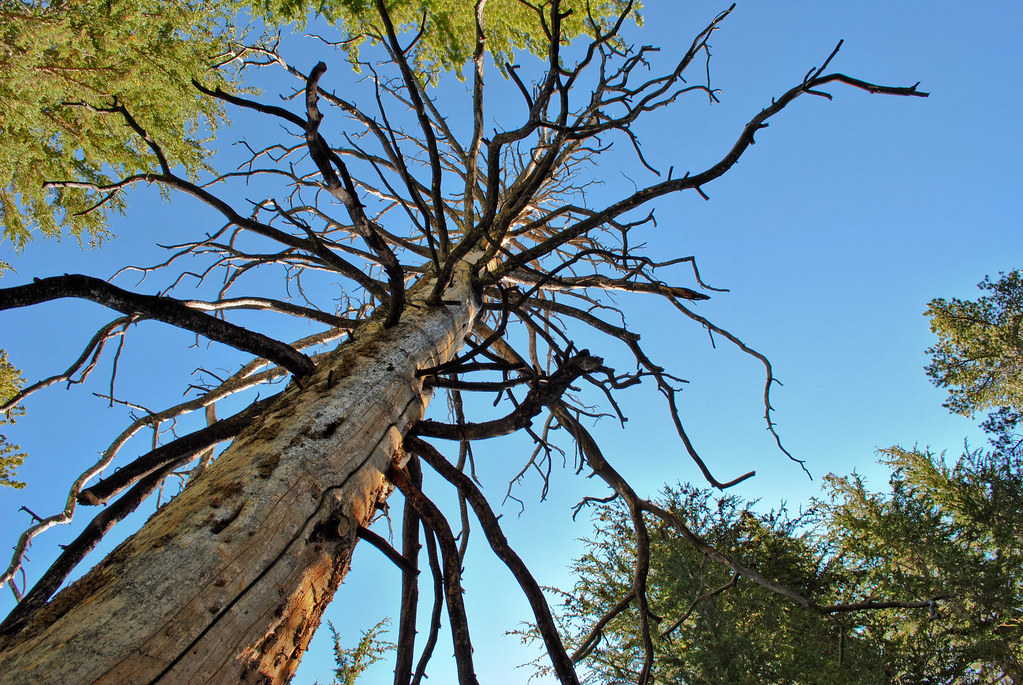
Backyard trees that were planted decades ago may no longer be well-suited to the changing climate. Heat stress, late frosts, and new pests are taking a toll on oaks, maples, and fruit trees across the U.S. As these trees decline, shade and shelter for everything underneath starts to disappear. It’s a loss that goes deeper than aesthetics.
Dead or dying trees also pose safety hazards and costly removal bills. People are now planting species that didn’t grow in their region before. The tree line is shifting—quietly, yard by yard. And the impact will be felt for generations.
13. Outdoor furniture is taking a beating
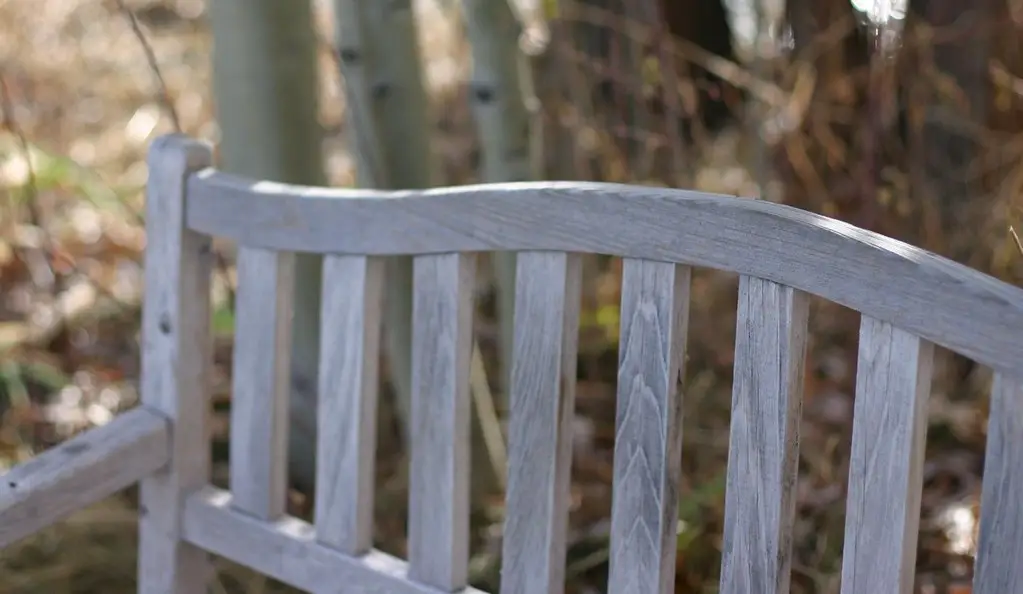
Increased UV exposure, sudden storms, and rising humidity levels are making it harder to maintain backyard furniture. Cushions fade faster, wood warps more easily, and rust forms in places it never did before. Homeowners are being forced to upgrade to more durable (and expensive) materials. Even then, regular maintenance is a must.
Covered patios, storage boxes, and weather-resistant designs are now more popular than ever. But the constant need to protect outdoor investments can be exhausting. Climate change has turned seasonal upkeep into a year-round concern. For some, the fun of outdoor living is starting to feel like a chore.
